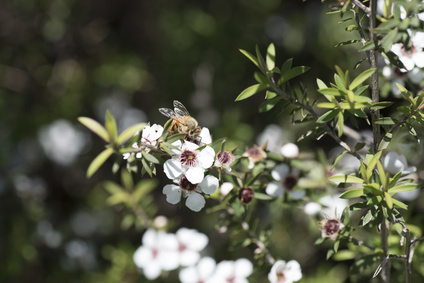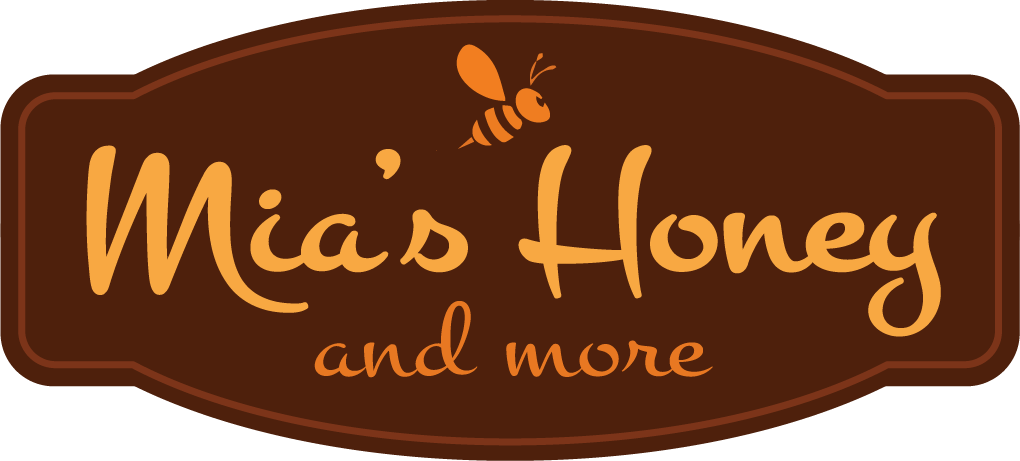The Trouble with Manuka Honey
The other side of Manuka
The previous articles in this series looked at the differences between unfiltered ‘raw’ honey and most of what is available to buy in supermarkets with this label. One of the reasons why most honey you will find in supermarkets is clear and liquid (and rarely crystallises) is because it has been strained to remove impurities, filtering out the pollen in the process. This is also a way for manufacturers to conceal the place of origin of a particular honey, as pollen can be tested to discover which plants the bees visited and therefore its place of origin. Concealing the origin of a particular honey is typically a sign of an intention to mislead, and this has become a very live issue with the recent attention to Manuka honey – that is, what many manufacturers and retailers have been calling Manuka honey. Just as ‘natural’ has no legal definition and is exploited by marketing to, at best, mislead customers who aren’t in the habit of reading labels too closely, Manuka presents another case of commercially-driven sleight of hand.

The boom
Its reputation as a uniquely potent member of the honey family means that it commands prices far higher even than those expected of locally produced or raw honey, and there has been a bewildering proliferation of brands offering the stuff at prices up to and beyond EUR 20 for a small jar. In the light of recent media attention to the subject, it has emerged that, whereas total production of Manuka is limited to just 1,700 tonnes per year, at least 10,000 tonnes are consumed annually worldwide (as of 2016). This indicates that the majority of honey sold under the name of Manuka is actually fake, and that the majority of customers – not just a few – have ended up with something which is often little better than the cheapest mass-market honey, coloured and flavoured to seem like the genuine article.
The decline

The alternatives
Doubtless there are those who are die-hard Manuka devotees and won’t hear of anything else, but there are less costly and more sustainable alternatives. One example is honeydew fir. This variety is produced not from nectar but from honeydew, a substance produced by aphids from tree sap; the resulting honey does not contain pollen, making it a good choice for those who normally cannot consume it because of pollen allergies. It is also a more ecologically sound option than Manuka, given that its production is less geographically restricted and so it usually covers fewer miles to reach its destination.

It is hard to justify purchasing a high-priced package when there is no guarantee that the contents are as promised as the label. That’s as good a reason as any to question hype about the ‘next big thing’. It makes more sense to look closer to home – what you find may not be as expensively branded or widely advertised, but it’s still probably a better product.
